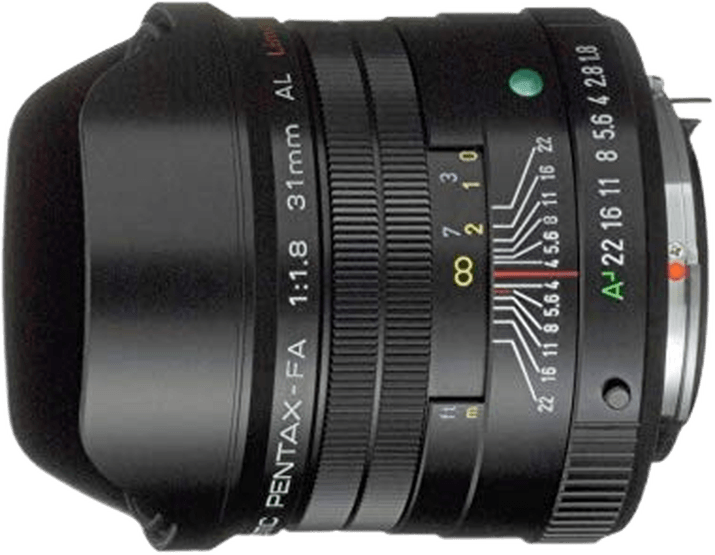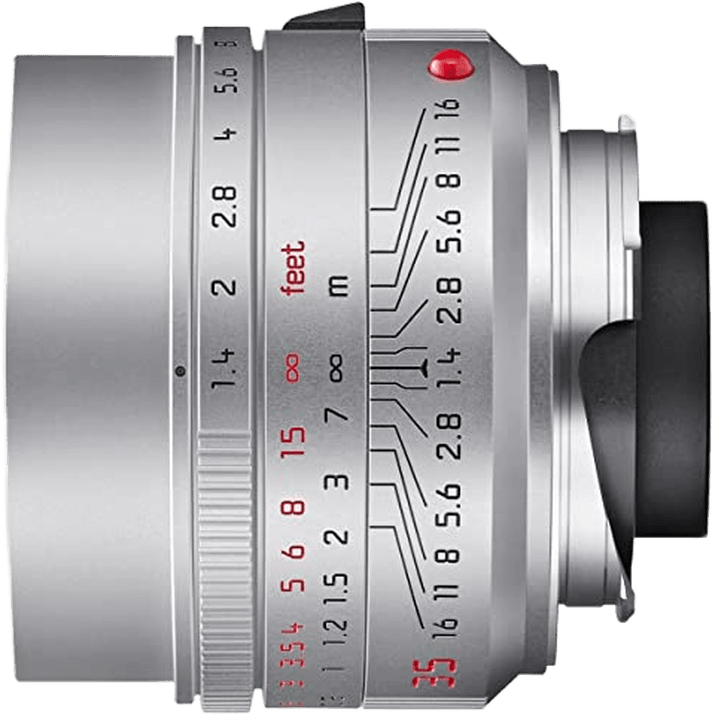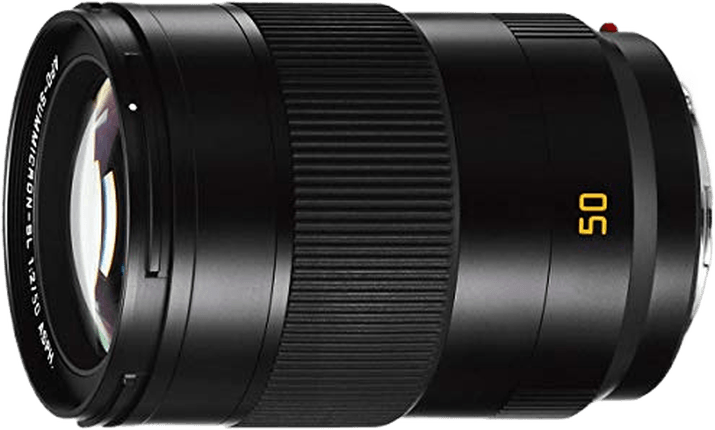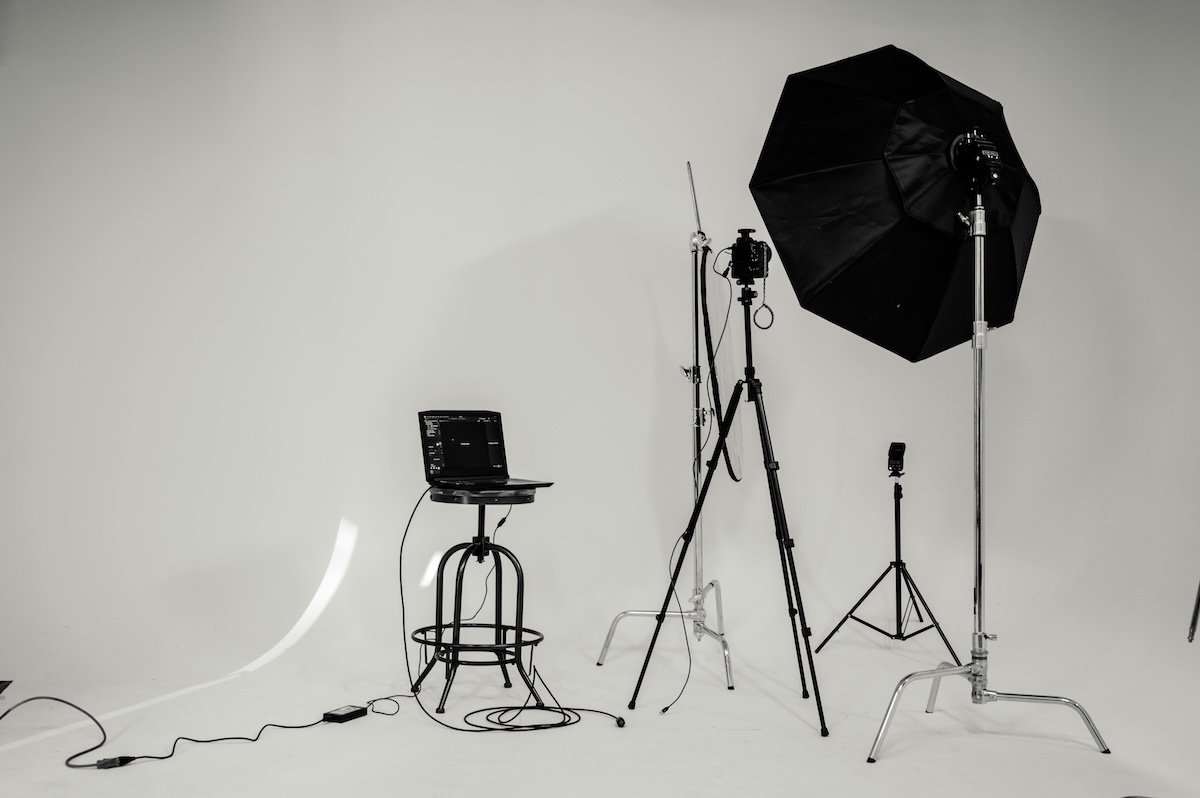KENDALL CAMERA CLUB BLOG FEED
The Ultimate Miami Photography Club Since 1977
The post How to Create a Cyanotype Effect in Photoshop (Step By Step) appeared first on Digital Photography School. It was authored by Ana Mireles. Back in the early days of photography, the cyanotype process was a popular way to create images with an appealing, beautiful cyan-colored tone. You can still produce cyanotypes today – in fact, there’s been a resurgence in cameraless-cyanotype processes among fine-art photographers – but it requires darkroom chemicals. (In fact, we have a comprehensive guide to creating physical cyanotypes right here!) Fortunately, if you’re interested in creating the cyanotype look, you don’t have to go back to the darkroom or become a chemist and waste tons of material along the way. You can create a digital...

Is becoming a professional photographer worth it these days, especially in 2024? I asked myself this question in 2023 every other day, as it was one of the most difficult years since I had become a professional photographer over ten years earlier. [ Read More ]Original link(Originally posted by Korbin Bielski)
The post Should You Photograph in Portrait or Landscape Orientation? appeared first on Digital Photography School. It was authored by Megan Kennedy. The standard camera sensor is rectangular in shape – a configuration that allows for both landscape (horizontal) and portrait (vertical) orientations. When folks pick up a dedicated camera for the first time, their initial impulse is to photograph most subjects in landscape orientation (such as landscapes, cityscapes, and architecture), while portrait orientation is used primarily to photograph portraits of people. It’s not hard to understand why: Most cameras are designed with landscape orientation as the default. Capturing a photo in portrait orientation requires flipping the camera on its side, which involves deliberate decision-making (and is often uncomfortable!). So unless...

Understanding camera settings is essential for capturing great sports shots in a studio setting. The right settings can make a huge difference in the quality of your images, especially when working with fast-moving subjects. [ Read More ]Original link(Originally posted by Alex Cooke)
Waterfalls have been a favorite subject in my landscape photography. They are often some of the most beautiful and iconic sceneries in many national parks and mountain regions around the world. [ Read More ]Original link(Originally posted by Yan Zhang)
Have you ever wondered why some panoramas won't stitch? The problem is often parallax, and in this video, Emil von Maltitz shows an effective way to avoid it. [ Read More ]Original link(Originally posted by Michael Breitung)
Solid lighting technique can transform your photos from mundane to stunning, giving your images a professional edge and helping you stand out in the competitive field. [ Read More ]Original link(Originally posted by Alex Cooke)
Choosing the right beginner camera can be challenging, especially with the myriad of options available. This helpful video breaks down the Canon EOS R100, R50, and R10, helping you understand their differences and how each one fits into your needs. [ Read More ]Original link(Originally posted by Alex Cooke)
In a world dominated by short-form video content, integrating your still images into this new trend can seem challenging. However, there is an easier way to bridge this gap. [ Read More ]Original link(Originally posted by Jason Vinson)
Editing dramatic weather images can be challenging but rewarding. This helpful video guide focuses on using Lightroom to enhance such photos. [ Read More ]Original link(Originally posted by Alex Cooke)
It’s fair to say that Pentax cameras are not the well-known force they once were. But they are still making new DSLRs, and the best Pentax Limited Lenses are known for their quality and performance. These lenses offer sharp images, durable construction, and unique features that stand out in the photography world. Our guide dives into the 6 best Pentax Limited Lenses, showcasing their strengths and why they might be the perfect addition to your camera bag. Our top pick is the HD Pentax-FA 31mm F/1.8 Limited, which is celebrated for its exceptional sharpness and low-light performance. It’s a versatile lens that’s great for various photography styles. And if it’s not quite the right one for you, then we have looked...

Join photographer Julia Trotti as she explores the artistic possibilities with the Nikon Z8, offering insights and inspiration for portrait photographers of all levels. [ Read More ]Original link(Originally posted by Kim Simpson)
Comparing lenses can be a challenging task, especially when both options are excellent. This great video review makes a detailed comparison of the Fuji XF 56mm f/1.2 and the Viltrox Pro AF 75mm f/1.2. Both lenses are impressive, but they cater to slightly different needs and preferences. [ Read More ]Original link(Originally posted by Alex Cooke)
There’s a lot of talk about cameras and, consequently, lenses get overlooked. With competing priorities when you buy a lens, here are some things that could affect your decision on which lens to buy. [ Read More ]Original link(Originally posted by Ivor Rackham)
Leica lenses are renowned for their quality and performance, capturing stunning images thanks to unparalleled craftsmanship. Our guide to the 9 best Leica lenses, including M-mount and L-mount lenses. The article showcases the best Leica lenses that cater to different needs and preferences, ensuring you find the perfect lens for your Leica camera. From wide-angle to telephoto, there’s a Leica lens to match your style. Our top two choices are the Leica SUMMILUX-M 35mm F/1.4 I for its low light prowess and the Leica APO-SUMMICRON-SL 35mm F/2 ASPH. for unmatched sharpness. Keep reading to see seven more sensational Leica lenses. Our Top 2 Leica Lenses Leica SUMMILUX-M 35mm F/1.4 I Leica SUMMILUX-M 35mm F/1.4 I Shop Offers × Leica SUMMILUX-M 35mm F/1.4...

Understanding the basics of photography can feel overwhelming, but with the right foundation, you'll be capturing stunning images in no time. This guide will walk you through key concepts to help you troubleshoot and improve your shots. [ Read More ]Original link(Originally posted by Alex Cooke)
The Leica name is synonymous with quality, and the best Leica L-mount Lenses are a perfect example of why. Each lens is a blend of precision engineering and pristine optical quality, helping photographers capture breathtaking images. Our guide looks at the nine best Leica L-mount lenses. We’ve broken the list down into two sections, the first looking at true Leica lenses and the second at Sigma L-mount lenses for Leica cameras. Leading our list are the Leica APO-SUMMICRON-SL 50mm F/2 ASPH., known for its exceptional sharpness, and the Sigma 14-24mm f/2.8 DG DN | A for Leica L, praised for its versatile zoom range. But if these aren’t the lenses for you, we have seven more exceptional L-mount lenses in this...

Lightroom tethering is an essential feature for studio photography. It allows you to instantly and continuously upload your images to Lightroom while shooting. This means that you can check images on a good screen as the shoot progresses, making sure you have the right focus and best shots. Today, we will guide you through all Lightroom tethering features. We will show you how to set up a tethered shoot and how to make the most of it. This ultimate guide to Lightroom tethering will transform your photoshoots to be more efficient and effective. What is Lightroom Tethering? Lightroom tethering involves plugging your camera directly into the computer while shooting. This allows you to control your camera and upload your images instantly....

Adding clouds to a plain sky can make your landscape photos pop. If you’ve ever wondered how to achieve this effect, Photoshop has a handy tool called Blend If. This can help you seamlessly blend clouds into your existing sky, creating a more dynamic image. [ Read More ]Original link(Originally posted by Alex Cooke)
Many photographers are textbook overthinkers, and while it's great to put thought into your work, too much of it can be a detriment. [ Read More ]Original link(Originally posted by Alex Cooke)